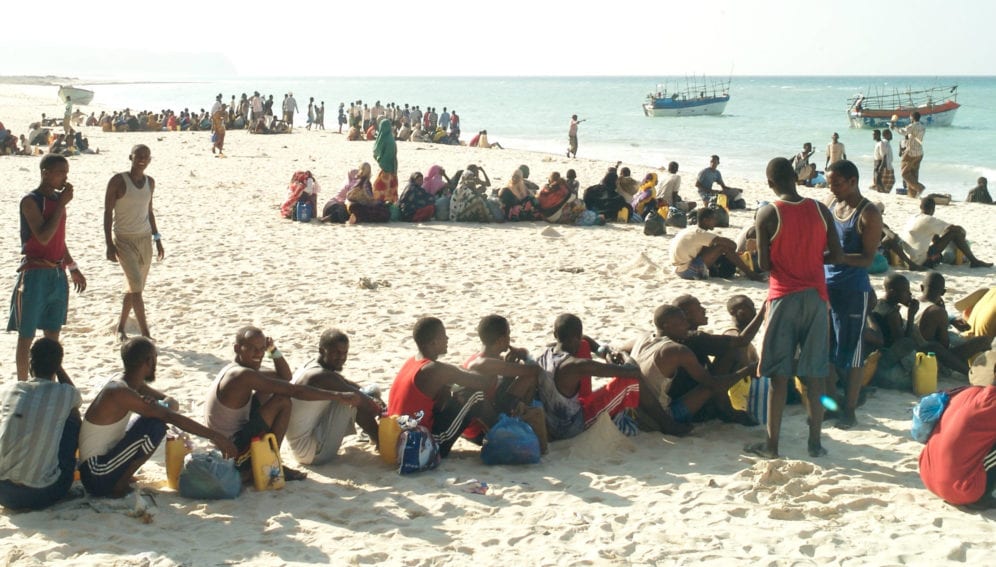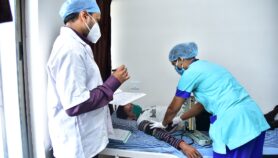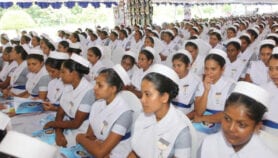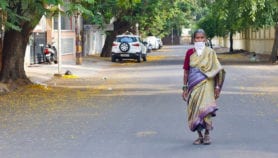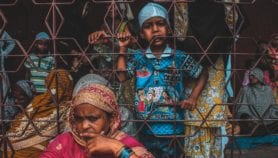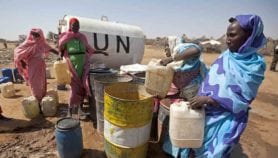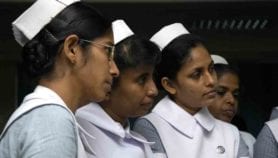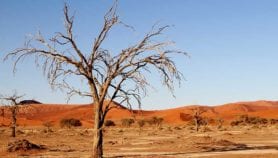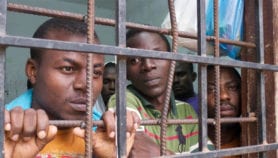By: Max Martin
Send to a friend
The details you provide on this page will not be used to send unsolicited email, and will not be sold to a 3rd party. See privacy policy.
Last month the UN released a report highlighting how mobile phone data can be used to track migration. SciDev.Net has also published an opinion piece from the UN Global Pulse, a big data tracking initiative, that notes how such data can be harvested for insights into the lives of poor and displaced people. But as well as informing development researchers, it may be worthwhile exploring new ways to use this information to directly empower migrants and other people on the move.
On International Migrants’ Day — celebrated today — it’s timely to consider this issue. [1] But to see insights from mobile data help migrants, development practitioners need to do two things. First they should use social media and mobiles as an effective way to interact directly with people, especially those on the move, such as seasonal migrants. Second, they should feed their insights back to the communities they wish to help.
“Data and communication technologies … offer immense possibilities, not just for researchers … but also for the migrants.”
Max Martin
Let’s start with the first point. Surveys conducted via mobile phone could add another dimension to the data-gathering studies of organisation like UN Global Pulse, enabling researchers to gain snapshots of people’s lives at specific points in time and space. By seeking feedback, say with a text message with multiple choice answers, researchers can know why, where and how people are moving, and what happens next. Such a method can be even more powerful and participatory than, say, mining tweets to discern trends.
But let’s not forget the original strength of mobiles — they connect people with one another, which in this context means that insights from research can be supplied back to the community from which they were sourced. Of course this principle applies to social media and other communication methods too.
Fishermen in South Asia, for instance, navigate their small rafts to stretches of sea where they can get a better catch and harbours where it fetches better prices — all with the aid of mobile phones wrapped in plastic bags, accessing this information from formal sources or friends. Such ready access to information can be useful for anyone who is on the move, like a migrant exploring new places and livelihoods.
Information sourced from migrants’ mobile phones can also be linked with weather forecasts. Some of my colleagues involved in climate and migration research, for instance, are seeking the help of farmers, fisherfolk and forecasters in different parts of the world to see how weather and ocean forecasts could be improved with systematic local feedback. The goal is to understand how people perceive and respond to changes in local weather, climate and environment, and what difference better forecasts can make. In places exposed to climatic stresses and shocks – like droughts, storms and floods — people make migration decisions on the basis of such forecasts and their own perceptions.
The bottom line is that data and communication technologies involving mobile and social networks offer immense possibilities, not just for researchers studying poor and migrating people, but also for the migrants themselves.
Max Martin is a doctoral candidate at the University of Sussex, United Kingdom, researching on climate-related migration. The views expressed are his own.
References
[1] United Nations International Migrants Day: 18 December (UN, accessed 17 December 2013)


